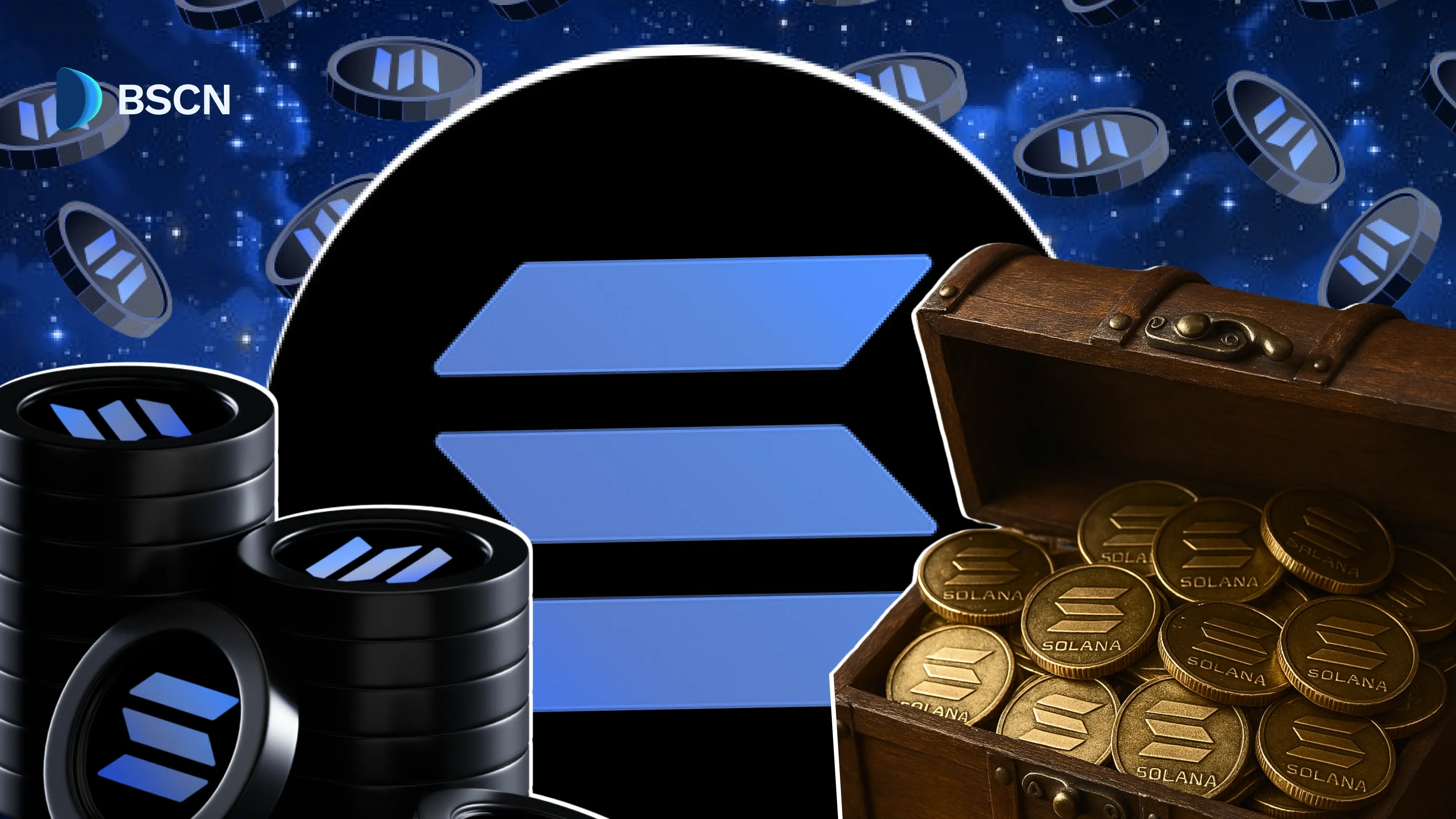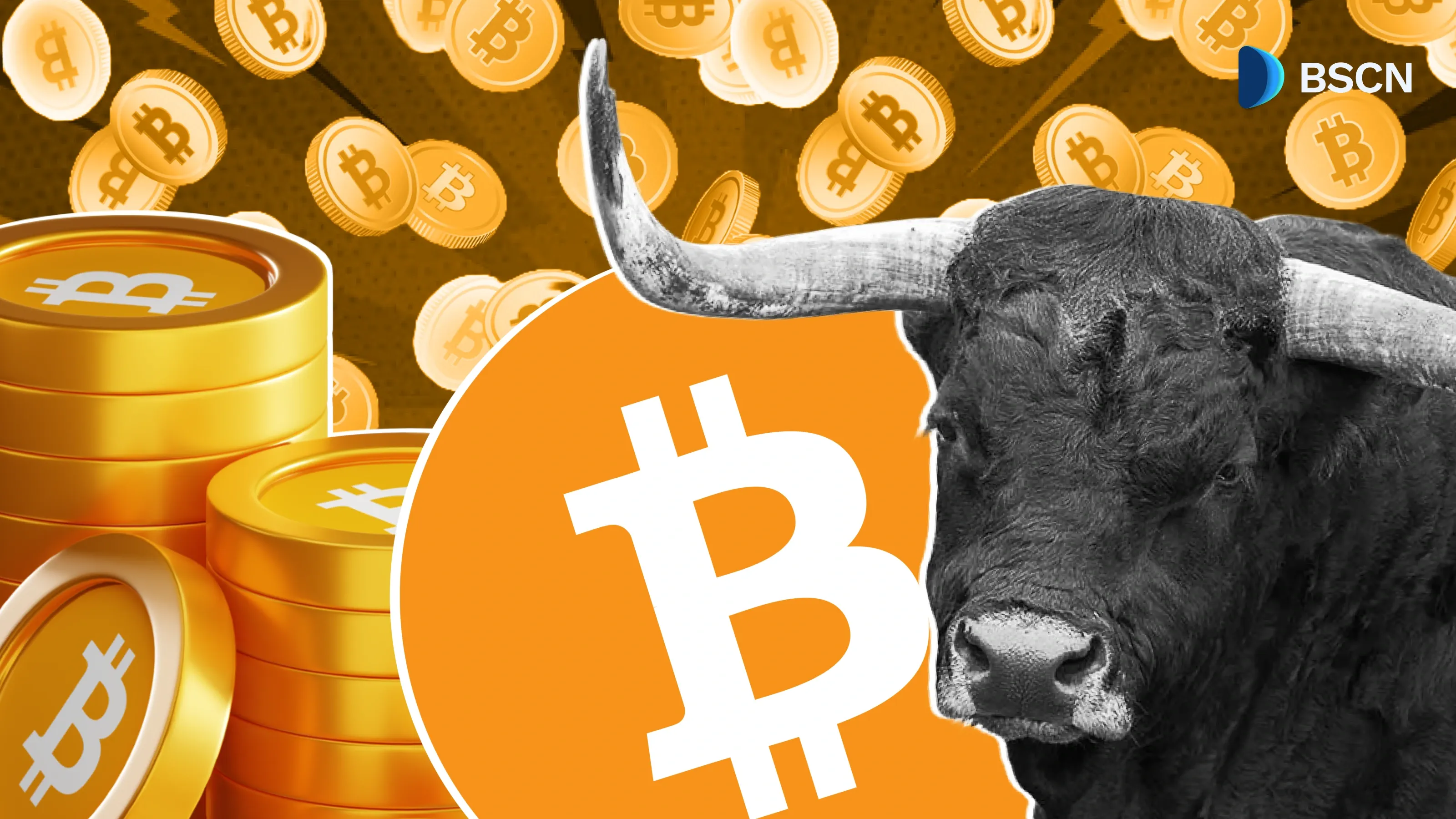SOL
Helium Proposes to Migrate IoT Ecosystem to Solana

Helium proposes migration of entire IoT ecosystem to the Solana blockchain.
BSCN
September 6, 2022
IoT telecoms platform Helium is proposing a landmark change that would impact the entire ecosystem, from users to developers and miners.
Why Solana?
On August 31, Helium published HIP 70, a proposal to improve blockchain performance significantly. To achieve this goal, the core developer team offers a solution to convert its Proof-of-Coverage (PoC) and Data Transfer Accounting consensus mechanism to Oracles that publish to a scalable Layer 1 blockchain: Solana.
How would a Helium migration to Solana affect you? Don't miss these resources:
— Helium Foundation🎈 (@HeliumFndn) August 31, 2022
💻 Our blog: https://t.co/ZFSWmwYn8f
📆 Monthly Community Call in Discord tmr @ 9AM PT
🔔 HIP 70 Town Hall with Core Devs: Thursday @ 1PM PT
🐥 Twitter Spaces hosted by Foundation next week TBA
The Helium Core Team claims the change will help simplify the network system architecture and support greater scalability.
Accordingly, Helium will move its ecosystem and economy tokens like $HNT, $DC, $IOT, and $MOBILE to Solana. This means that the project will abandon its Helium blockchain, which is built on the HoneyBadger BFT, and run entirely on the Solana blockchain in the future.
“This change will be meaningful in scope, impact, and benefit to the Helium Network and its users. The consensus among the core developers and The Helium Foundation was that Solana was the best blockchain to accommodate the needs of the Helium Network as we continue to grow and expand globally,” The Helium team said on the blog.
With a unique business model, Helium is a pioneering project that incentivizes the infrastructure buildout of wireless networks by individuals. Through the licensing and deployment of LoRaWan IoT electronics, Helium enables organic growth by participating individuals of IoT and 5G networks through a model that challenges the traditional route of massive budget outlays by telecom oligopolies.
Wireless Web3 appears to be a focus of Solana with the recent release of the Solana Mobile Stack, its Web3 smartphone, and the project's mobile Dapp store.
Following a $200 million raise in March, the Helium dev team rebranded to Nova Labs and acquired IOT and 5G software developer FreedomFi. The moves aim to accelerate mobile services deployment of a network with over 900,000 nodes.
Latest News
Crypto Project & Token Reviews
Project & Token Reviews
Comprehensive reviews of crypto's most interesting projects and assets
Learn about the hottest projects & tokens
Latest Crypto News
Get up to date with the latest crypto news stories and events












